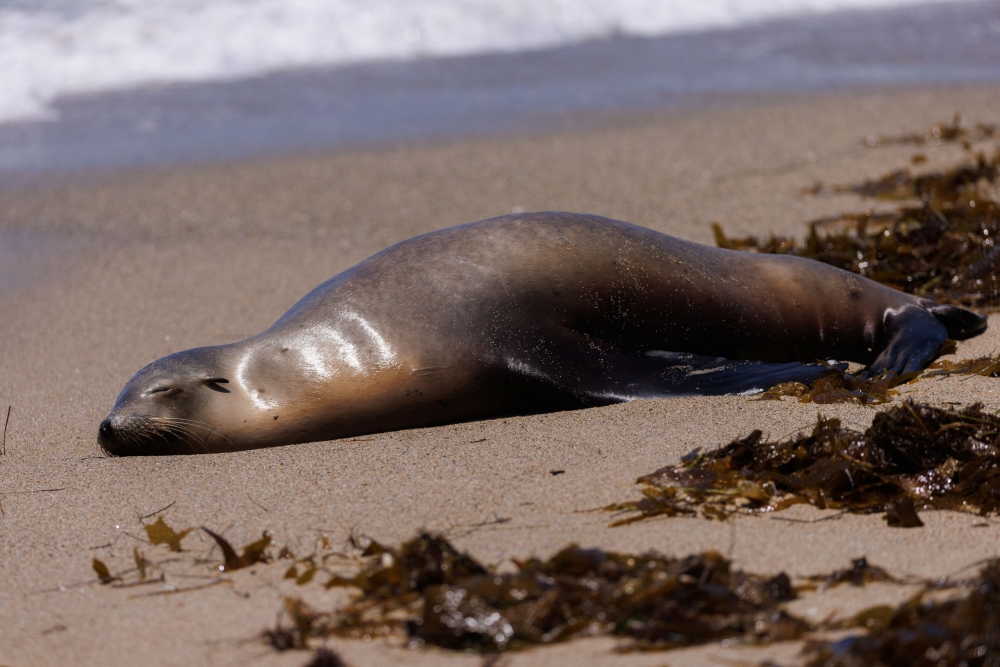LOS ANGELES, June 27 — Rescued from the beach, a sick sea lion and her newborn pup are now on the mend with dozens of others at a marine mammal care centre, part of effort by California wildlife experts responding to a sudden surge in animals falling ill to a neurotoxin.
Experts say a recent outbreak of algae bloom — commonly known as red tide — has sickened and killed an unknown number of sea lions and dolphins.
Marine biologists are paying close attention because they consider sea lions a sentinel species — animals that can help identify environmental risks to humans.
“It started as a trickle. In the first week we had 12 animals. Then in the next week we were up to 60 plus animals, so it happened relatively quick,” said John Warner, chief executive of the Marine Mammal Care Centre in the coastal Los Angeles neighbourhood of San Pedro.
The centre is one of several California organisations to nurse the animals back to health. The Channel Islands Marine & Wildlife Institute reported 1,000 sightings of sick and dead marine mammals from June 8 through 14.
The algae is a natural phenomenon that causes the production of a neurotoxin called domoic acid, but the blooms can also proliferate because of human causes such as climate change and an excess of nitrates washed out to sea, experts say. Similar events occurred in California five other times since 2002.
Small fish consume the toxin and pass it up the food chain. Humans are unaffected unless they eat infected shellfish.

Sea lions are a fixture on many California beaches, sunning on the shoreline, barking at each other, and sometimes looking for an easy meal from tourists.
But the sick ones will sway their heads back and forth, foam at the mouth, or experience seizures. Some just lie listlessly in the surf.
The pup was born on nearby Hermosa Beach last week to a sick mother that is receiving fluids while the pup is nursing.
“The mom was having seizures at the waterline. The pup was on the beach. We had lovely volunteers, great partners with our lifeguards and beach and harbor who cordoned the animal and the pup off until we were able to get there,” Warner said.
They will remain at the centre 30 to 60 days before being released in the wild.
“That’s our ultimate goal with all of these animals,” Warner said. — Reuters























